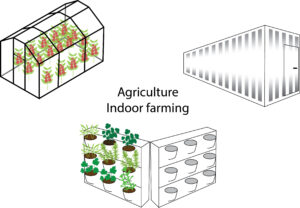
Agriculture- Indoor farming
Conventional farming is known as open farming, whereby the crops exposed to the air and experience all kinds of environmental factors. However, some herbaceous crops like vegetables are more susceptible to the change in the environmental factors specifically temperature and pests, for instance, locust attacks in Africa that lead to starvation due to the destruction of the crops. Moreover, the growing period of the vegetables to harvest period is relatively short as compared to the […]
Read More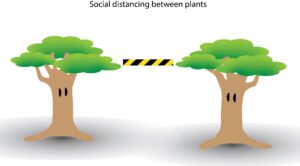
Social distancing among plants
The Covid-19 outbreak, the strike of one of the most contagious viruses in human history has caused a global pandemic with widespread infections around the world. The coronavirus spread so fast that people can get infected either through close contact with infected people, a few touches with an item’s surface that has viruses on it, or just staying in the same room with an infected person for a short time. Because of the airborne ability, […]
Read More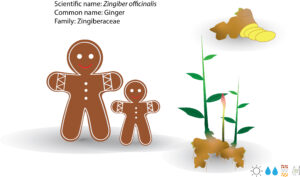
Ginger – the omnipotent root
Ginger undoubtedly is a magic plant that possesses incredible healing and disease-fighting powers. Scientifically known as Zingiber officinalis in the family Zingiberaceae, native to southern China but is widely cultivated around the world. Closely related to the well-known species like turmeric and cardamom, ginger is highly valued as a medicinal plant for thousands of years both in India and China. The parts of the ginger that usually consumed are the modified roots known as rhizomes, […]
Read More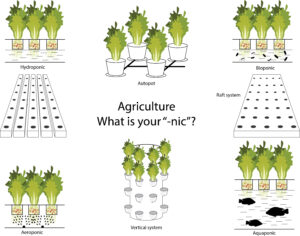
Soilless agriculture, what is your “-nic”?
To start small-scale indoor farming, what are your needs? What type of the “-ponic” you need? When it comes to the topic, farming, most people will still have the concept that it is related to soil. However, most of the growers or urban farming will use soilless cultivation for crops such as certain fruits, vegetables, and herbs. It is because studying the soil or ratio of the substrates to be used to cultivate the crops […]
Read More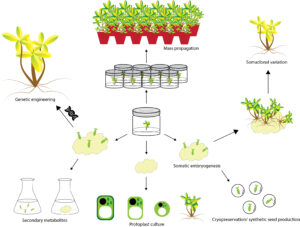
Endless possibilities – plant tissue culture (2)
Plant tissue culture has gained phenomenal success in applications for fast multiplication, but the possibilities are far more than that. Unlike the conventional methods, the in-vitro method involves the usage of artificial nutrient media, plant growth regulators, and well-controlled light, air, and temperatures, all together allow tuning of the inner physiology and resetting of the expression pattern of genes that are responsible for growth and development. Tissue-cultured plants grow much faster at an early stage […]
Read More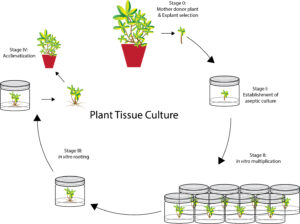
Agricultural biotechnology – plant tissue culture (1)
The world constantly facing an increasing challenge of balancing between food security and the expanding human activities such as deforestation for agricultural, housing, and industrial activity. According to the United Nations, the global population had more than doubled in just 50 years reaching approximately 7.8 billion as of October 2020 compared to the 3.6 billion in 1970. Modern agriculture continues to evolve in order to accommodate the growing population, from which biotechnologies bring vital progress […]
Read More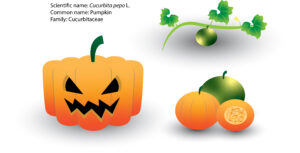
Trick or treat? The Halloween pumpkin
Knock! Knock! Trick or treat? Candies, vampires, ghosts, skulls, of course, the freak pumpkins. Botanically pumpkin is the common name of Cucurbita pepo L. in the family of Cucurbitaceae, which has the most species as human food. The genus Cucurbita is native to North America, including northeastern Mexico and the southern United States. Cucurbita fraternal and Cucurbita Texana are the possible progenitors for pumpkins. How pumpkin became the major role of Halloween, and why carving […]
Read More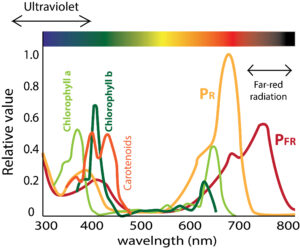
Agriculture – The light
What color is a plant? Green? Red? Our eyes received the image of an object through the reflection of light. If the object we see is white color, it indicates that the whole spectrum of light is reflected by the object and received by the receptor of our eyes. Before that, we need to know what is found in light, sunlight to be specific. A light can be diffused through a prism and projected seven […]
Read More